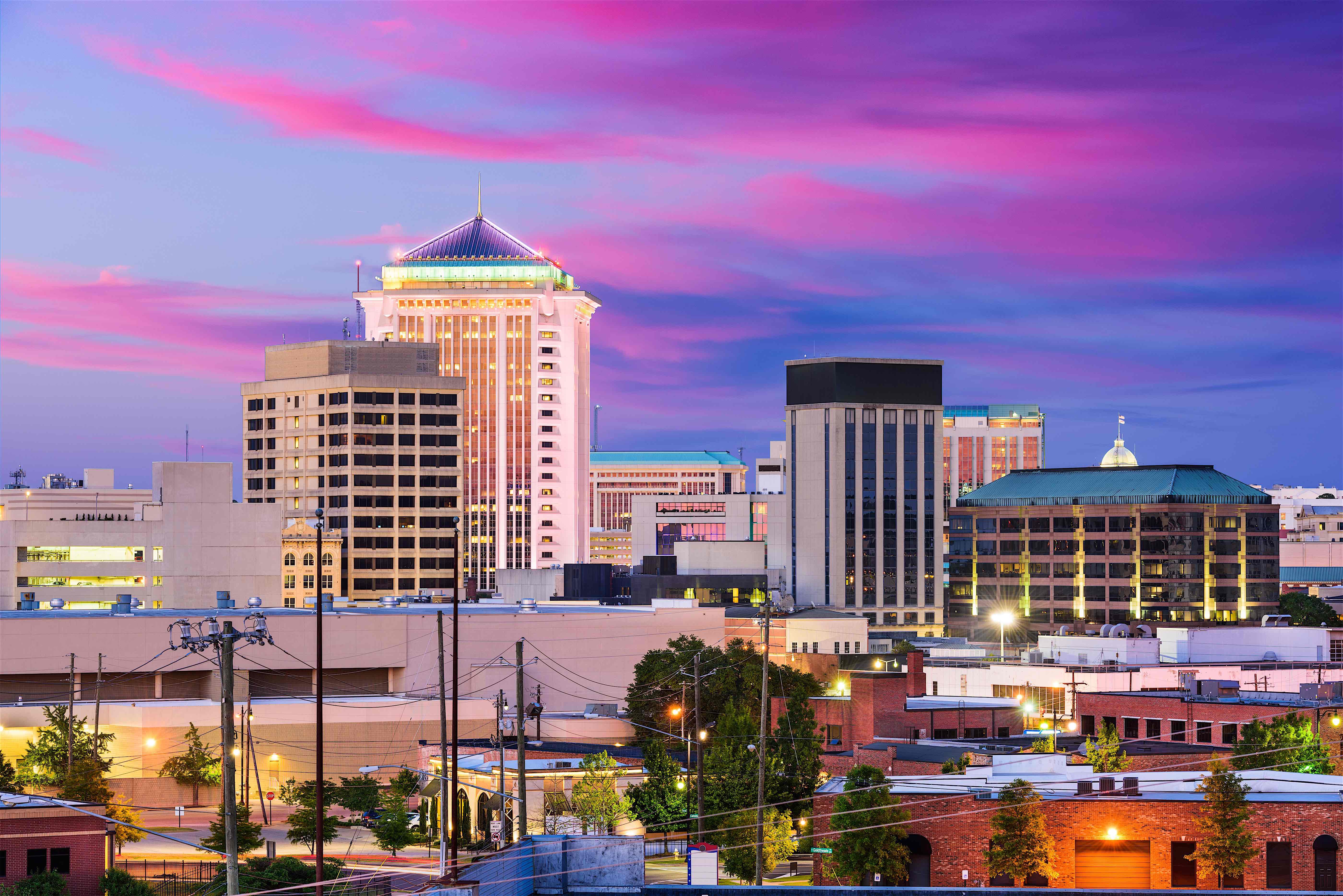Ghost Signs: Fading Vintage Ads Bring Nostalgia to Neighborhoods—and Possibly Value to Properties

Ghost Signs: Fading Vintage Ads Bring Nostalgia to Neighborhoods—and Possibly Value to Properties
10 December 2018 by Karla Pope | 4 min readNostalgic and a bit eerie, ghost signs—fading advertisements from previous decades that still remain—hark back to a time when hand-painted advertisements on building facades were the primary way businesses marketed to motorists, commuters and passersby. The intricate typography and hand-drawn designs attracted customers throughout the late 19th century up until the 1970s. Hawking goods from bar soap to classic beverages to appliances, these vintage signs were the premier way for companies to publicize products and services. Today, you can find them peeking out from the past on exterior walls in cities across the world, adding character and old-world whimsy to neighborhoods.
In rare cases, some have been restored to their vibrant pasts, but most ghost signs are fading and chipping away with each passing year. But these old-fashioned ads represent unique periods that reflect the economic and social standings of the era.
You can get nice clues of an area’s industrial heritage through the presence of its ghost signs.
“You can get nice clues of an area’s industrial heritage through the presence of its ghost signs,” says Sam Roberts, director of Ghost Signs, which offers ghost sign tours in London. “For example, there is a part of London where the leather trade was based. Hundreds of businesses that operated in that area are now converted into working and residential spaces, but there are still little clues from the past that reveal the history of London’s leather trade.”
In a sense, these signs can be viewed as passages to the past. “I think they are survivors of an era that ensures that the period is not entirely forgotten,” Roberts says.
Preserving a property’s history could be an intriguing selling point for owners. For developers who opt to keep the fading signs in sight, they can bring interest to their properties, and, in turn, increase appeal.
“If owners incorporated a bit of the history into the narrative that surrounds their properties and why they have value, it could be potentially beneficial,” Roberts suggests.
Through restoration, companies that are lucky enough to still be in business decades after their signs were originally painted can reignite interest and bring attention to their brand for new customers.
For example, Coca-Cola, the iconic brand known for its bright, ubiquitous soft drink ads, was a leader when it came to using hand-painted signs for promotion. In fact, the company allocated a quarter of its marketing budget to wall signs that date back to the 1890s. Coca-Cola leased wall space with blank canvases from property owners to showcase their products through colorful illustrations and slogans like “Refreshing and Delicious” that have become embedded in American culture.
If owners incorporated a bit of the history into the narrative that surround their properties and why they have value, it could be potentially beneficial.
While many of those quintessential soft drink ads are now weathered and discolored, Coca-Cola Consolidation has revitalized some of its artwork. Since 2011, Coca-Cola has brought new life to some of the colorful ads giving the surrounding area in which they’re displayed a newfound charm. Through its restoration initiative, around 15 of the company’s additional vintage signs in southern American towns such as Hendersonville, N.C. are slated to get a fresh coat of paint.
“We tapped into a movement,” Lauren Steele, Coca-Cola Consolidated’s former (now retired) SVP of corporate affairs said in a 2016 article on the company’s blog. “These old wall murals are an important part of our Coca-Cola history. But they’re also an important part of the history of these towns. They’re so much more than painted signs to people. They’re living testaments to the enduring bond between Coca-Cola and the American experience…and we’re rekindling that emotional connection.”
Those nostalgic associations that ghost signs evoke are growing each year thanks to the advancements in digital technology, photography and the prevalence of social media. Now more than ever, people can find these disappearing signs and share their thoughts, ideas and discoveries online with like-minded enthusiasts.
“People who are interested in ghost signs have the mechanisms to share interest across borders,” says Roberts. “Digital technology has allowed any kind of niche interest to be facilitated through digital media.”
Although the visibility of these vanishing signs has increased thanks to social media and rapid urban redevelopment—many only emerge temporarily after a building has been knocked down during the construction of a new one.







In a place like New York City, these signs surface frequently, and it’s up to property owners to preserve or paint over them. In most instances, bigger and taller buildings erected obstruct views of the signs. Additionally, the density between these structures can hide them indefinitely.
For historians and ghost sign enthusiasts like Roberts, bringing awareness to the historical significance of these eye-catching signs is a passion that they hope can help others recognize their value and what they add to a neighborhood. “It’s my mission to preach the gospel of ghost signs,” Roberts says.
Who knows? One day the public street art and murals found around the world today might eventually be uncovered after years of obscurity, revealing mesmerizing remnants of today’s captivating culture and past.
“The passage of time increases our interests,” says Roberts. “The new and shiny things of today aren’t fascinating, but give it time and they become more interesting.”
The World’s Most Expensive Office Markets
29 June 2015 by Staff Writer
How Bike Sharing Is Making Its Way to Smaller Markets
20 June 2017 by Sam Shillet
The Transformative (Super) Power of Convention Centers
05 November 2018 by Tom Krantz
Source: https://blueprint.cbre.com/ghost-signs-fading-vintage-ads-bring-nostalgia-to-neighborhoods-and-possibly-value-to-properties/
